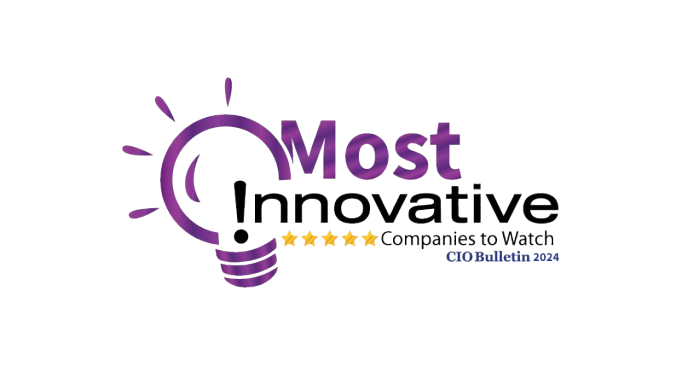Unleashing the Power of Data: HubSpot and ZoomInfo Integration
May 31, 2023
In today's data-driven business landscape, having access to accurate and comprehensive data is essential for effective marketing and sales strategies. The integration of HubSpot, a leading CRM and marketing automation platform, with ZoomInfo, a leading B2B contact database and intelligence platform, offers businesses a powerful combination to supercharge their data-driven efforts. In this blog post, we will explore the benefits and features of the HubSpot and ZoomInfo integration, highlighting how it empowers businesses to leverage high-quality data for better targeting, personalization, and lead generation.
Understanding the HubSpot-ZoomInfo Integration The integration of HubSpot and ZoomInfo brings together the strengths of both platforms, enabling businesses to access up-to-date and accurate contact and company information directly within HubSpot. With this integration, users can seamlessly leverage ZoomInfo's robust database of B2B contacts and intelligence to enhance their marketing and sales efforts.
Enhanced Data Accuracy and Enrichment The HubSpot-ZoomInfo integration ensures data accuracy and enrichment. By leveraging ZoomInfo's vast database, businesses can enrich their existing contact records within HubSpot with valuable insights such as job titles, company information, industry details, and contact attributes. This enriched data enables businesses to better understand their prospects, tailor their messaging, and execute targeted campaigns for improved engagement and conversions.
Targeted Prospecting and Lead Generation The integration enables businesses to streamline and optimize their prospecting and lead generation processes. Users can access ZoomInfo's advanced search and filtering capabilities directly within HubSpot, allowing them to identify and target specific industries, job titles, company sizes, and other relevant criteria. This targeted prospecting empowers businesses to focus their efforts on the most promising leads, increasing efficiency and driving higher quality conversions.
Seamless Data Synchronization The integration ensures seamless data synchronization between HubSpot and ZoomInfo. Contact and company data updates made in ZoomInfo are automatically reflected in HubSpot, ensuring that businesses have the most up-to-date information at their fingertips. This synchronization eliminates the need for manual data entry or import/export processes, saving time and ensuring data consistency across platforms.
Personalized Campaigns and Account-Based Marketing (ABM) With the integrated power of HubSpot and ZoomInfo, businesses can deliver highly personalized campaigns and implement account-based marketing (ABM) strategies. The enriched contact data from ZoomInfo allows businesses to segment their target audience more effectively and tailor their messaging based on specific attributes and interests. This level of personalization enhances customer engagement, increases response rates, and drives stronger relationships with prospects and customers.
Improved Sales Efficiency and Collaboration The integration benefits sales teams by providing them with comprehensive and accurate data directly within HubSpot. Sales representatives can access detailed company information, job roles, and contact details from ZoomInfo, enabling them to have more meaningful conversations and effectively engage with prospects. The integration also facilitates collaboration between marketing and sales teams, as they can share real-time insights and updates to drive coordinated efforts and achieve shared goals.
Conclusion The integration of HubSpot and ZoomInfo empowers businesses to harness the power of high-quality data for more effective marketing and sales strategies. With enhanced data accuracy and enrichment, targeted prospecting, seamless data synchronization, personalized campaigns, and improved sales efficiency, businesses can achieve better targeting, higher engagement, and increased conversions. By leveraging the integrated capabilities of HubSpot and ZoomInfo, businesses can stay ahead of the competition and drive growth in an increasingly data-driven business landscape.
Featured Resources
Check Our Latest Resources

Proven ROI has been recognized as one of the Most Innovative Companies to Watch 2024 by CIO Bulletin—a testament to the company’s forward-thinking approach to CRM investments and strategic partnerships. By working closely with leading CRM platforms like HubSpot, Proven ROI is revolutionizing how businesses manage customer relationships, scale their operations, and drive growth.



